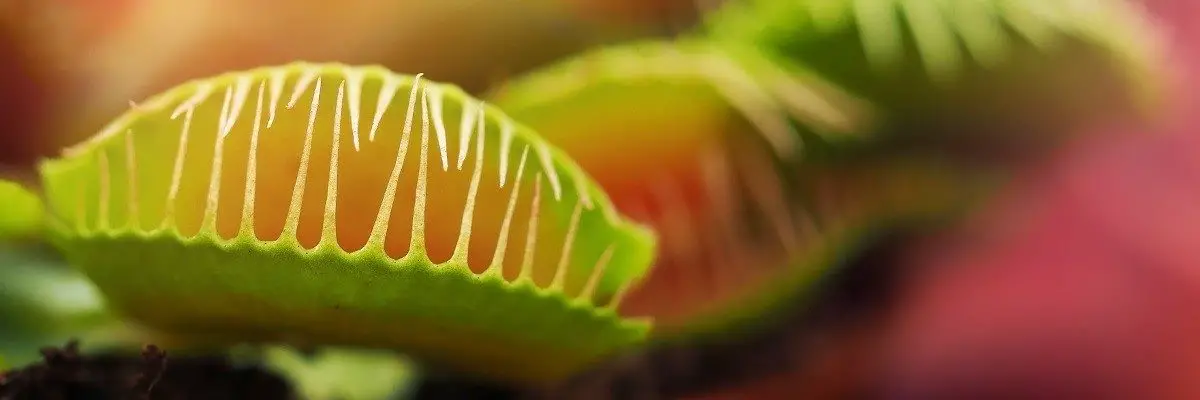There are currently 750 recognized plants in the carnivorous plant species. The idea that plants eat bugs and other small creatures may seem a little strange, but it’s helpful to remember that they developed this skill to survive. Bogs, heaths, and swamps are often home to these plants, environments that are known for having nutrient-deficient soils. Sometimes, a plant’s only chance of survival is to consume other bugs or small creatures.
Plants evolved strategies to supplement their diets with meat rather than relying on the normal method of getting energy by drawing nutrients from the soil. Plants with these adaptations can have rather strange-looking appearances by conventional standards. Out of the 750 carnivorous plants, here are the most common people have usually heard of.
The Venus Flytrap
One of the most recognized carnivorous plants, and part of the bug-eating sundew family member, it is smarter than you may think. There are spiny hairs along the lips of the leaf in addition to its hinged traps, surrounded by spiny “teeth.” Insects that land on these hairs are caught when the trap closes, trapping the insect. When prey is trapped, writhing movements stimulate enzymes that break down the insects over time. They are so highly developed that they even recognize non-prey stimuli, such as rain or falling twigs or leaves.
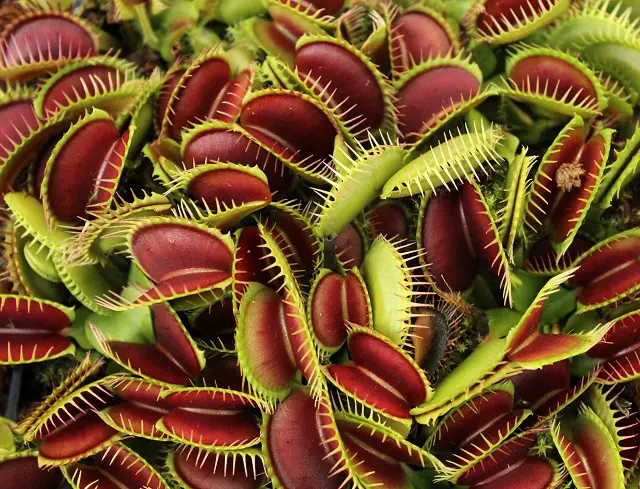
Nepenthes Rajah
Among the largest carnivorous plants is located in Borneo and is called the Nepenthes Rajah. It can grow up to 6 meters and carries 3 liters of water as well as 2.5 liters of digestive chemicals. Due to its enormous size feeds on invertebrates and lizards, frogs, birds, and rodents (which are then digested in acid). Additionally, it has established a symbiotic connection with mountain shrews in the region. Shrews eat the nectar of the plants and then defecate in the pitcher, supplying it with needed nitrogen. Monkeys have been seen taking drinks of water from the pitchers when thirsty, so they have since been named monkey cups in some parts.

Cobra Lily
The cobra snake’s head is so named because it is a species of pitcher plant that resembles a cobra snake’s head. With the forked leaf, the image of a snake is further enhanced since it makes it appear as if the leaf is a tongue. In addition to using nectar to attract insects, it performs another cruel trick.
A translucent patch above the leaf tube gives the prey the impression that it is a safe route back home. However, it only tires itself out more quickly and struggles more due to its failed escape attempts. In comparison with other predatory plants, cobra lilies are different. By utilizing bacteria rather than digestive enzymes, it can digest prey so it can be absorbed.
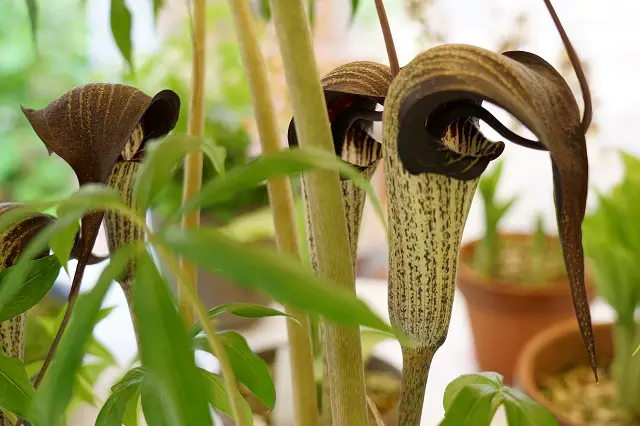
Sundews
One species of Drosera plant known as “sundews” is among the most common carnivorous plants on earth. Rather than flowers, these sundews have tentacles all over them. An insect-attracting sticky substance coats the tentacles. The tentacles become sticky and trap them once they land on them. Digestive enzymes digest the insect and extract its nutrients by enclosing the insect in its tentacles.
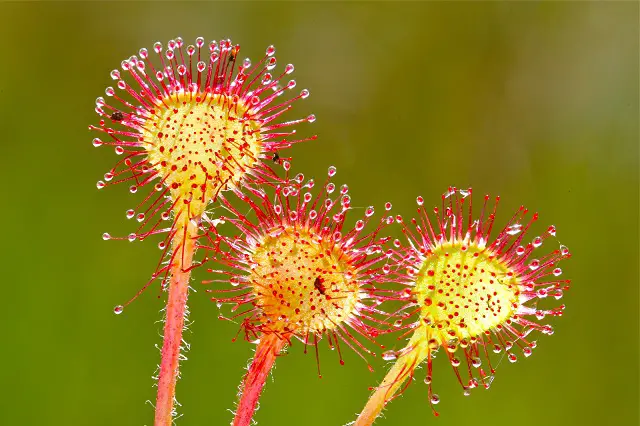
Bladderworts
Some Utricularia species are also carnivorous, including the Bladderworts. The trap doors on these plants work by creating a vacuum effect when insects trigger tiny hairs that you may find close to the “doors.” Small sacs are found in the leaves and stems of the plant, giving it its name. The digestive enzymes digest insects that are trapped in the sacs.
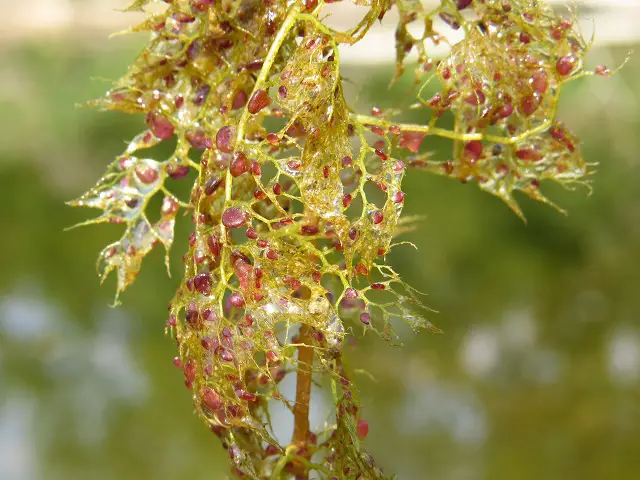
Yellow Pitcher Plant
The yellow pitcher plant grows up to one meter high in the southern U.S. and is a striking example of the species. Because pitcher plants are shaped like tubes, they use modified leaves that trap and digest their prey. The insects are attracted by their vibrant color and the nectar, which contains a toxin that makes them incapacitated. As a result of the waxy wall of the tube, insects fall to the base, where digestive fluids quickly dispose of them.
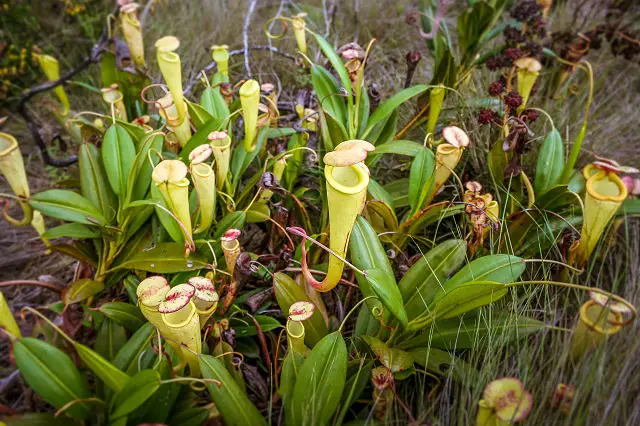
Flycatcher Bush
Some carnivores can look very menacing, while others entice their victims with their power of seduction. Located in South Africa’s Western Cape, the slender leaves of this shrub appear somewhat deceiving. They are known as flycatcher bush. This plant releases sticky sap to catch its prey. While it is called flycatcher bush, the plant does not consume its prey. Instead, the plant waits for the tree bug named Pameridea Roridulae to slowly consume its prey and then eats the droppings it produces.

